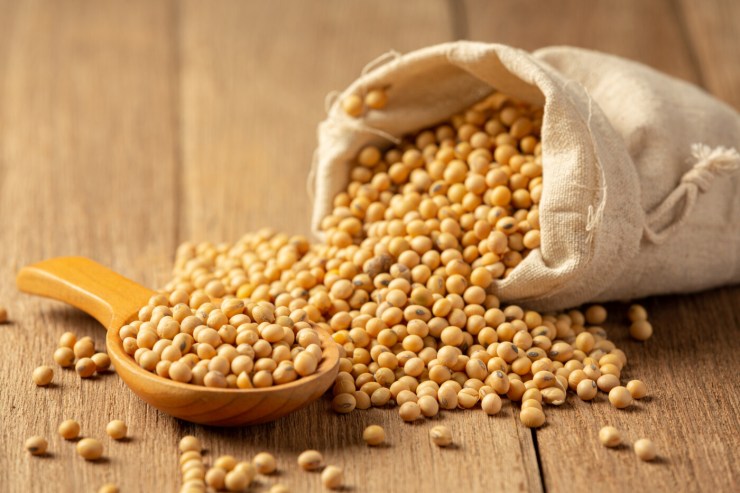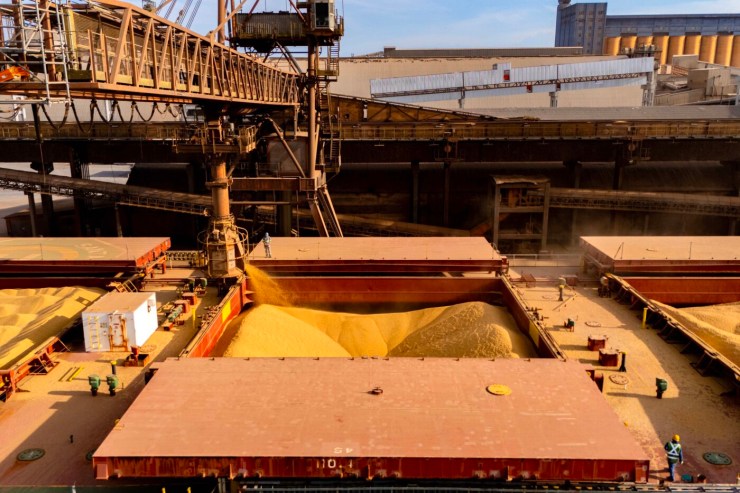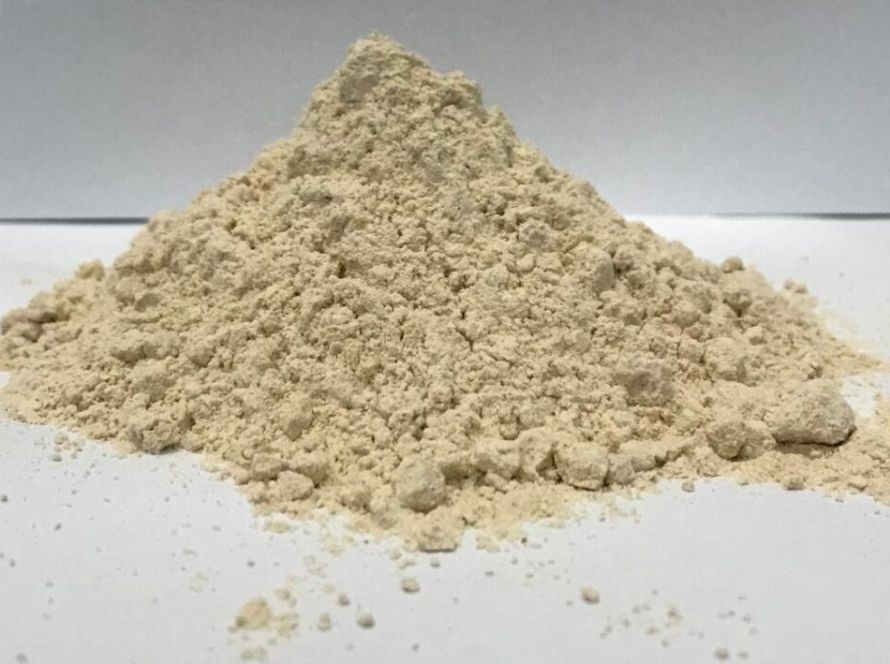![]()
Commodities intensified their rises across the board this Monday (17), with Arabica futures standing out on the New York Stock Exchange – with gains of over 3% – and soy derivatives on the Chicago Stock Exchange, which rose by over 1%, helping to pull up grain prices. Corn and wheat also rose this morning, with gains of over 1%. The market, faced with information that it already knows, but that can change at any time, remains volatile and is trying to reposition itself between fundamentals and the macroeconomic scenario.
In the soybean complex, the rise in meal prices still reflects conditions in Argentina and is testing its highest levels in 12 sessions. “Meal premiums in Argentina are also firmer, showing that the supply of meal remains very restricted,” explains Agrivest Commodities. “The Argentine producer’s appetite for sales is much lower, which continues to put processors in Argentina in a situation of high idle capacity and poor margins,” adds the consultancy.
Not even the third round of the soy dollar, guaranteeing 300 pesos to 1 dollar for Argentine producers of the oilseed, has brought about a change in the pace of business in the South American country. The first days of this new phase of the differentiated exchange rate for soybean farmers resulted in sales of approximately 441 thousand tons, compared to 1.6 million in the second round and 3.1 million in the first. The data comes from the Rosario Stock Exchange.

The launch of this third stage of the Argentine government's mechanism comes at a time when the current economic scenario is very delicate – with triple-digit inflation rates – and which does not in any way stimulate new business with soybeans or any other product. In addition, losses caused by drought and other problems accumulated by the Argentine harvest leave producers even further away from sales.
“This third step comes at a very different time compared to the previous two years. Productivity is the worst in 25 years. The loss of planting area was record-breaking,” explains the chief economist at the Rosario Stock Exchange, Emilce Terre. Thus, this “new” soybean dollar is being used to trade a volume of ‘only’ 23 million tons of soybeans, compared to a 2021/22 harvest of more than 42 million.
In Clarín, one of the most traditional Argentine newspapers, the agribusiness section highlights the pressure that Brazil's record soybean harvest has been exerting on prices, including in the Argentine market. Support also comes from the lower local supply – not only of the grain, but also of meal and oil – and from adjusted stocks in the US. Added to this are the retentions that, despite losses in the field, have not been reduced at all and still take 33% from the Argentine producer's margin.
And while prices and the condition of the fields do not help, the trade associations continue to signal that the tool will not be the salvation of the crops in Argentina. “The inflationary acceleration that we are experiencing today is partly due to the issuance of currencies for the soybean dollar 1 and 2, leaving on the table this huge mountain of pesos that contributes to inflation. Welcome to the soybean dollar 3”, warned the journalist specialized in economics, Julián Yosovitch.
According to the analysis by David Miazzo, chief economist at FADA (Agricultural Foundation for the Development of Argentina), in addition to the lower prices being recorded in the global soybean market at this time, the longer duration of the program this time – being in effect until May 31 – also contributed to the slower first days of sales.
“Producers should take advantage of this and sell their grain, and it is likely that the target of 10 million tons sold will be reached, despite this slow start. And although this may be quite positive for the government, it is not so positive for local soybean farming, since the noise may lead to an increase in the cost of land leasing and production costs,” explains Miazzo.
In this scenario, soybean futures closed trading this Monday (17) with increases of 11.50 to 17.50 points in the most traded contracts, taking May to US$ 15.16 and August to US$ 14.30 per bushel. Among the bran quotations, the two most traded now rose more than 1% in this first session of the week, taking May to US$ 465.70 and July to US$ 462.70 per short ton. August registered an increase of 0.96% to US$ 450.80.
In oil, gains were also over 1%, with May closing the day up 1.50% to 54.46 cents per pound; from 1.56% in July to 54.61 cents and from 1.33% in August to 54.29 cents/lb. For vegetable oils, not just soybean oil, support also comes from concerns about whether or not the agreement that guarantees the export corridor for agricultural products through the Black Sea ports will be maintained. Russia has signaled in recent days that the environment is not the most favorable for renewal, unless some of the sanctions imposed on the country are lifted and it returns to SWIFT, the international payments system.





